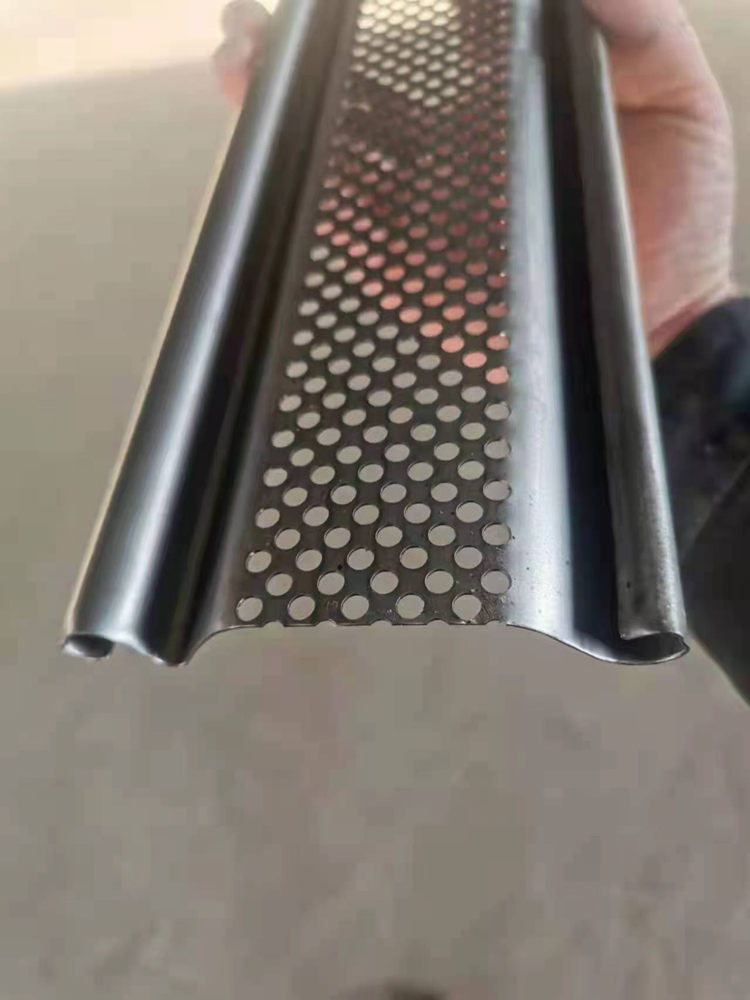
The Simple Cut-to-Length Line An Efficient Solution for Manufacturing
In the fast-paced world of manufacturing, efficiency and precision are paramount. One of the innovative solutions that has gained traction among manufacturers in various sectors is the simple cut-to-length line. This system is particularly advantageous for those working with long materials that need to be cut into shorter, more manageable lengths for further processing or packaging.
A simple cut-to-length line typically consists of a series of components designed to automate the cutting process. These components include a feeder, a cutting mechanism, a measuring device, and a stacking or output system. The basic principle behind this system is straightforward raw material is fed into the line, measured accurately, cut to the desired length, and then stacked or moved for the next phase of production.
Advantages of the Cut-to-Length Line
1. Efficiency One of the primary benefits of implementing a cut-to-length line is the significant increase in operational efficiency. Traditional cutting methods often involve manual processes that are time-consuming and prone to human error. Automating this process minimizes delays and improves the overall throughput of production.
2. Precision The precision of a cut-to-length line is another compelling advantage. Modern cutting systems can be programmed to achieve exact lengths, ensuring consistency across batches. This level of accuracy is crucial in industries where even slight variations can lead to defects or functionality issues in the final product.
3. Flexibility A simple cut-to-length line can accommodate a variety of materials, from metals to plastics and composites. This versatility makes it suitable for a wide range of applications, from automotive manufacturing to furniture production. Moreover, many systems can be easily reconfigured to adjust for different lengths or material types, providing manufacturers with the flexibility to adapt to changing demands.

4. Reduction of Waste By enabling precise cuts, these lines help minimize scrap material. This is particularly important in industries where materials are costly. Over time, reduced waste translates to considerable cost savings, making the manufacturing process more sustainable.
5. Quality Control Many modern cut-to-length systems are equipped with integrated quality control features. These can include sensors and cameras that monitor the cutting process in real-time, ensuring that every cut meets the specified standards. This level of quality assurance reduces the likelihood of defects reaching the market, thus enhancing customer satisfaction.
Implementation Challenges
While the advantages are compelling, implementing a simple cut-to-length line is not without its challenges. Initial setup costs can be significant, particularly for small manufacturers. Additionally, there may be a learning curve associated with training staff to operate and maintain the new equipment effectively. It's also crucial to ensure that the entire production process is synchronized to maximize the benefits of automation.
Conclusion
In conclusion, the simple cut-to-length line represents a significant advancement in manufacturing technology. By streamlining the cutting process, this system enhances efficiency, precision, and flexibility while reducing waste and improving quality. As industries continue to evolve and the demand for high-quality products increases, adopting such innovative solutions will be essential for manufacturers striving to stay competitive. With careful consideration of the challenges and benefits, transitioning to a cut-to-length line could be a game-changer for many businesses in the manufacturing sector.